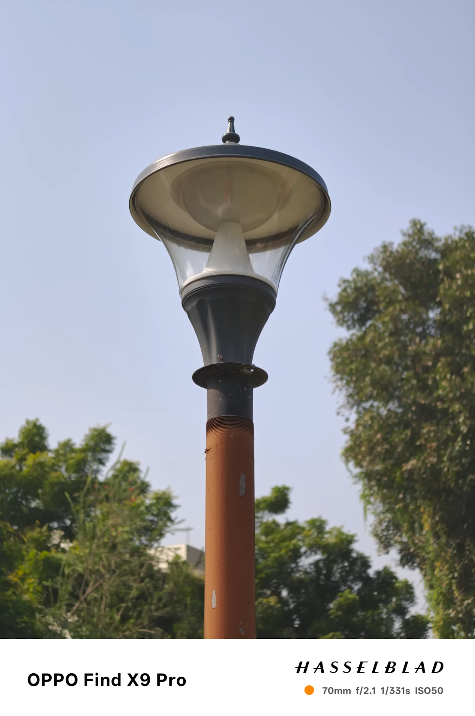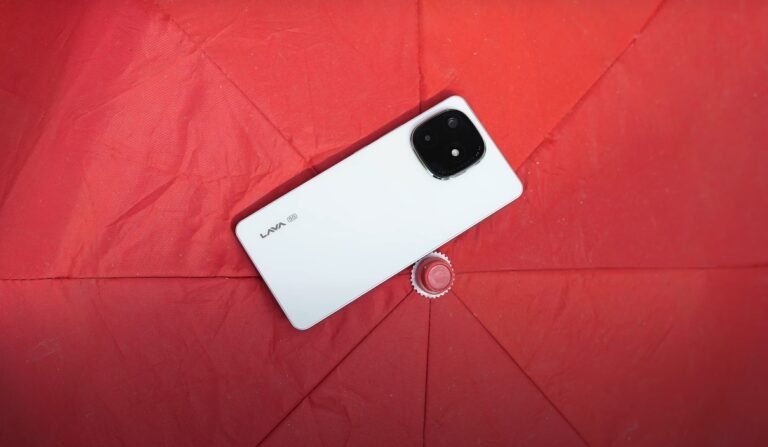OPPO Find X9 Pro display quality: colour accuracy, brightness, 120Hz vs 144Hz debate

Evaluating the Find X9 Pro Screen for UK Everyday Use
The OPPO Find X9 Pro offers a flagship-level display that aims to balance colour accuracy, outdoor clarity and smooth motion. For UK users who rely heavily on media streaming, social content creation and day-to-day browsing, the screen plays a major role in defining the overall experience. With its advanced AMOLED panel and adaptive refresh rate, the device attempts to deliver both premium visuals and power efficiency without compromising comfort.
Colour accuracy is one of the standout features of this display. The Find X9 Pro offers coverage across the full DCI-P3 colour space, giving it a vibrant yet balanced look that suits films, photography and gaming. Gradients appear smoother thanks to the panel’s higher colour depth, helping reduce banding and artificial colour transitions. This is especially noticeable when viewing HDR content or when editing photos on the go. For UK users who want natural tones without oversaturation, the display performs reliably across everyday scenarios.
The screen’s flat design also contributes to its accurate presentation. Unlike curved-edge displays, which can introduce reflections and colour distortion, the Find X9 Pro keeps visuals consistent from edge to edge. This helps when viewing content outdoors or reviewing photos in bright conditions. The practicality of a flat display becomes even more important when using the device for tasks like video editing, social posting or gaming, where precision in colour and contrast is essential.

Brightness performance is another key highlight. With a high peak brightness rating, the Find X9 Pro maintains readability even in strong sunlight. UK weather can vary widely, but during clear days or bright winter mornings, the enhanced brightness ensures the screen remains visible without requiring shade or manual adjustments. This helps significantly when navigating outdoors or reviewing maps while travelling. The low minimum brightness in dim settings also makes late-night reading more comfortable.
The refresh rate debate—120Hz versus 144Hz—plays an interesting role in understanding the device’s performance. The Find X9 Pro runs at 120Hz, with adaptive LTPO technology that allows the display to shift its refresh rate down to match static content. This not only conserves power but keeps motion smooth during scrolling, transitions and animations. While some competitors offer 144Hz, the practical difference between 120Hz and 144Hz remains minimal for most users. Higher refresh rates are more relevant for niche gaming needs rather than everyday tasks.
In typical UK usage, the 120Hz panel feels fast and fluid for social apps, web browsing and multitasking. Video playback rarely exceeds 60Hz on mainstream platforms, meaning the higher ceiling of 144Hz would not be utilised. The decision to stay with 120Hz also helps preserve battery life. Since the Find X9 Pro is known for its strong battery performance, keeping refresh rates efficient supports longer use between charges, which benefits users who rely on their devices throughout busy days.
When considering media consumption, the display proves versatile across streaming, browsing and gaming. Colours stay vivid without appearing exaggerated, and blacks remain deep thanks to AMOLED technology. High pixel density further ensures crisp text and detailed images. This enhances long-form reading, social media scrolling and productivity tasks, offering a more comfortable visual experience compared to mid-tier screens. With more UK users working or studying from their phones, clarity and comfort make a meaningful difference.
The responsiveness of the display is also important. Touch accuracy is high, benefiting tasks such as gaming, photo editing and fast navigation. Combined with the adaptive refresh rate, the interaction feels seamless and natural, reducing strain during extended use. For creators who frequently post or edit images, the smooth input response helps streamline workflow and improves precision during adjustments.
Durability also deserves mention, as the screen is protected by reinforced glass designed to handle drops and everyday wear. UK users dealing with changing weather conditions or outdoor activities benefit from a display capable of resisting scratches and minor impacts. The flat-panel design adds resilience by reducing the likelihood of edge damage, which is more common in curved screens.
Overall, the OPPO Find X9 Pro provides a display experience tailored to both high-end visual fidelity and practical daily use. It offers strong colour accuracy, exceptional brightness and a refresh rate that balances smoothness with efficiency. While some competitors promote higher refresh rates for gaming, most UK users will find the 120Hz panel more than sufficient for work, media and social use. The screen’s attention to clarity, comfort and consistency makes it one of the device’s strongest features and ensures a premium visual experience in a wide range of scenarios.






